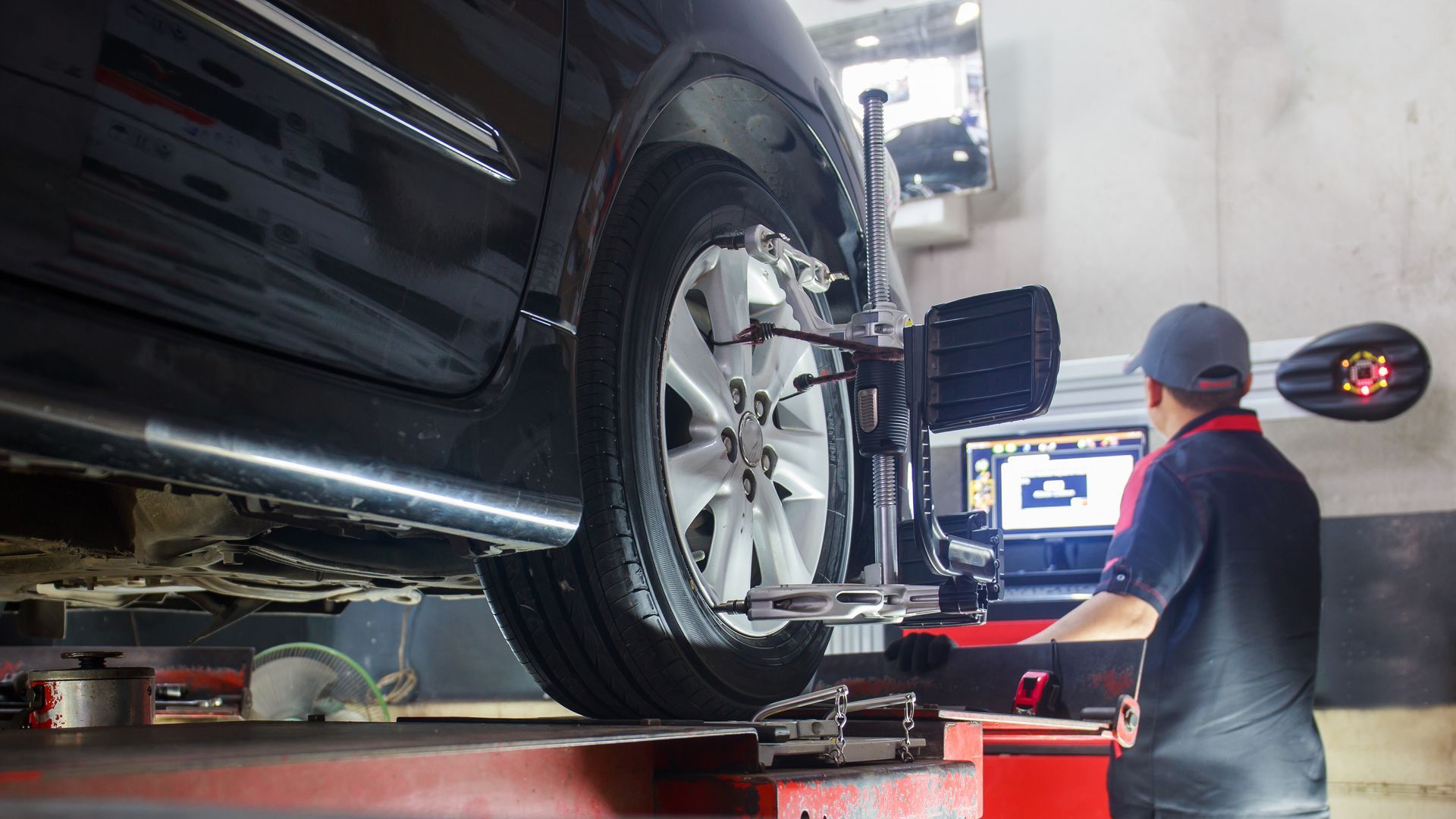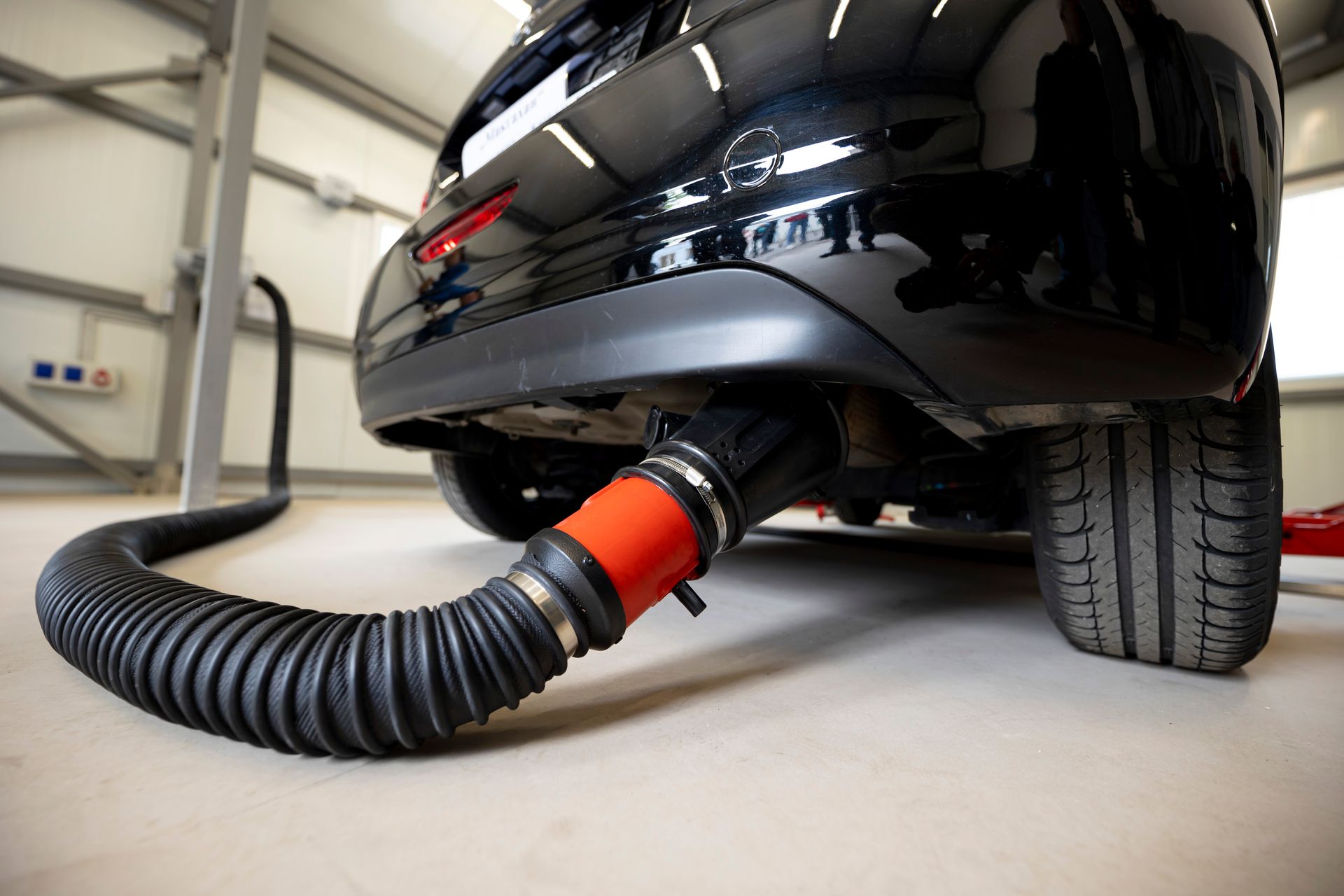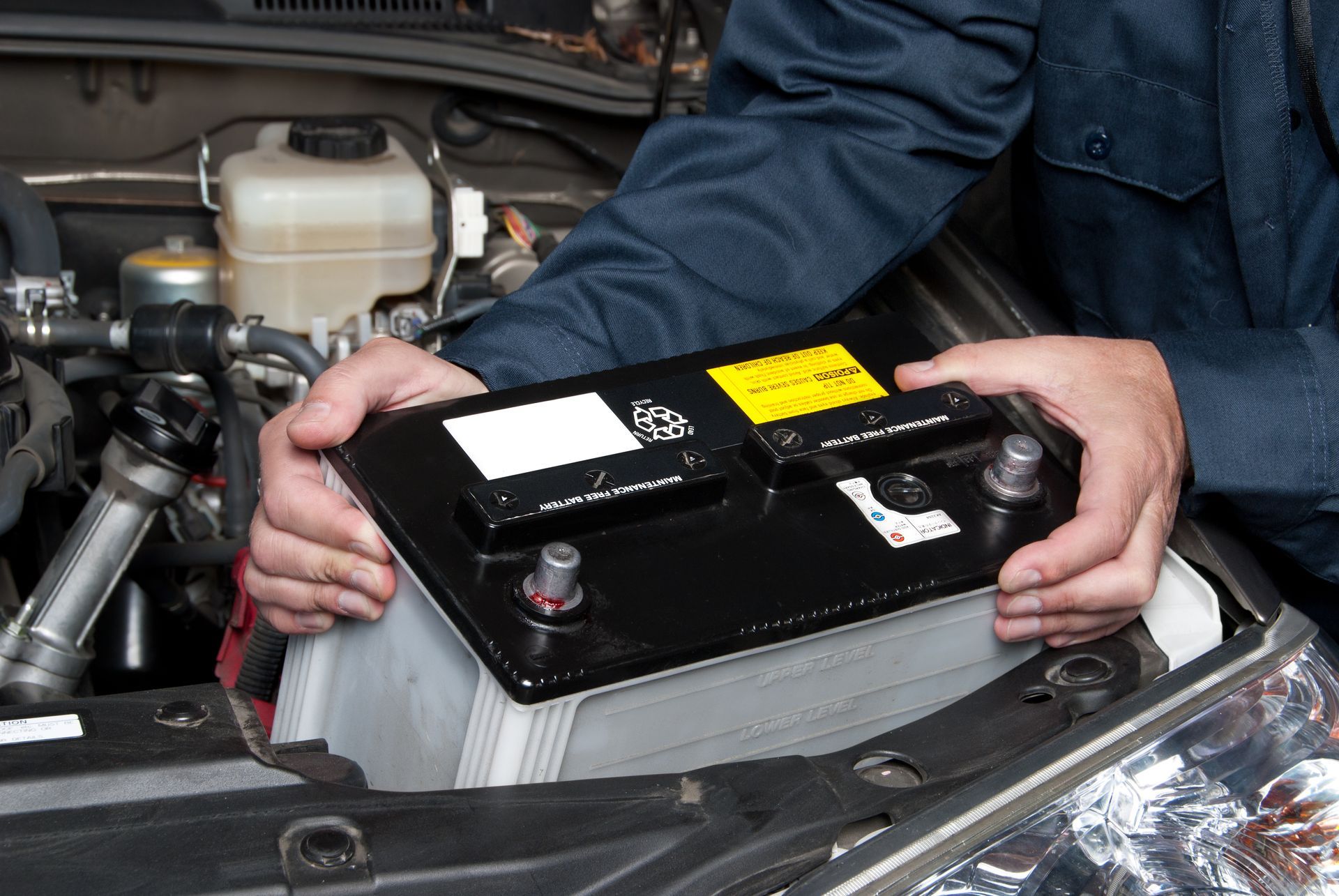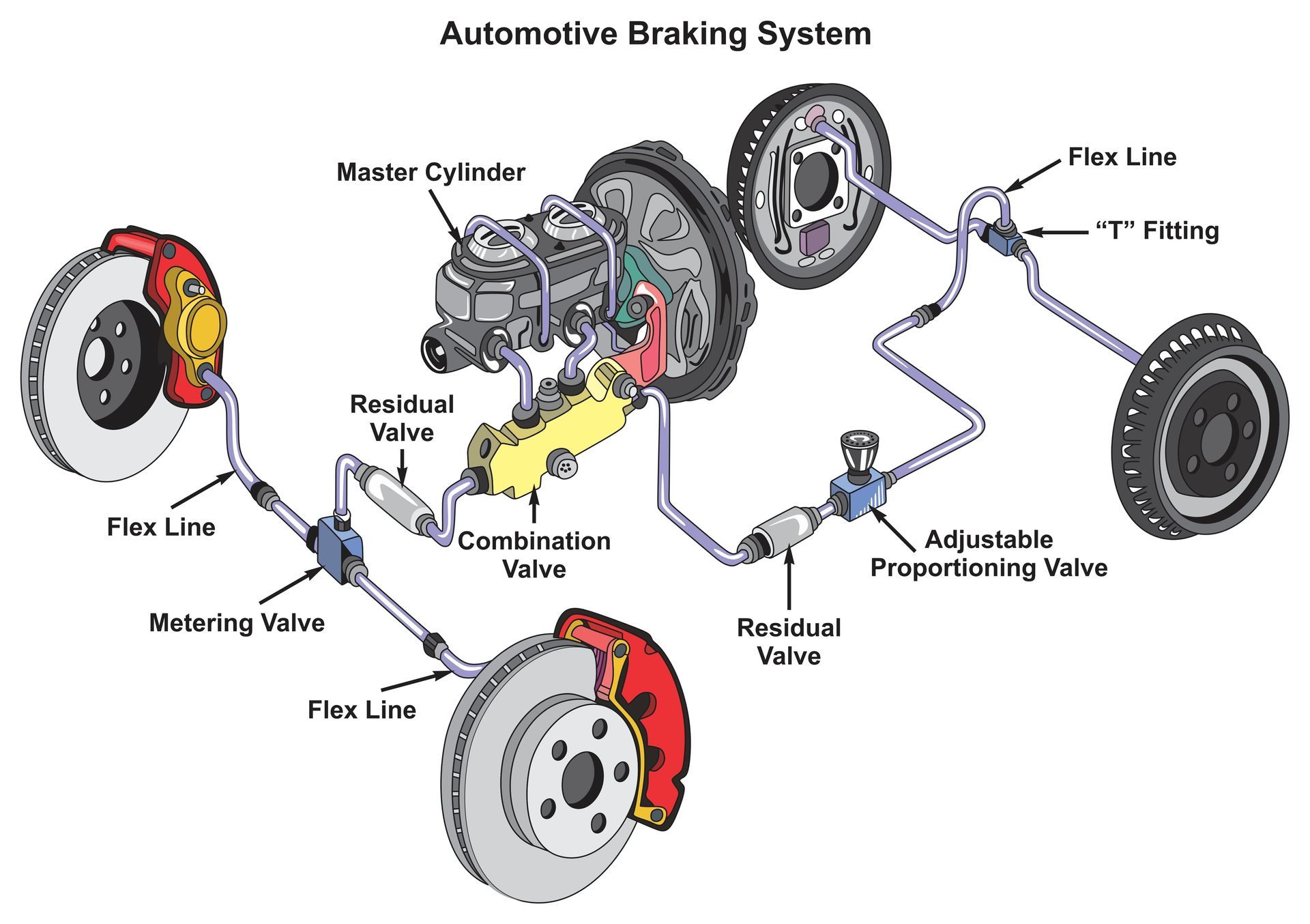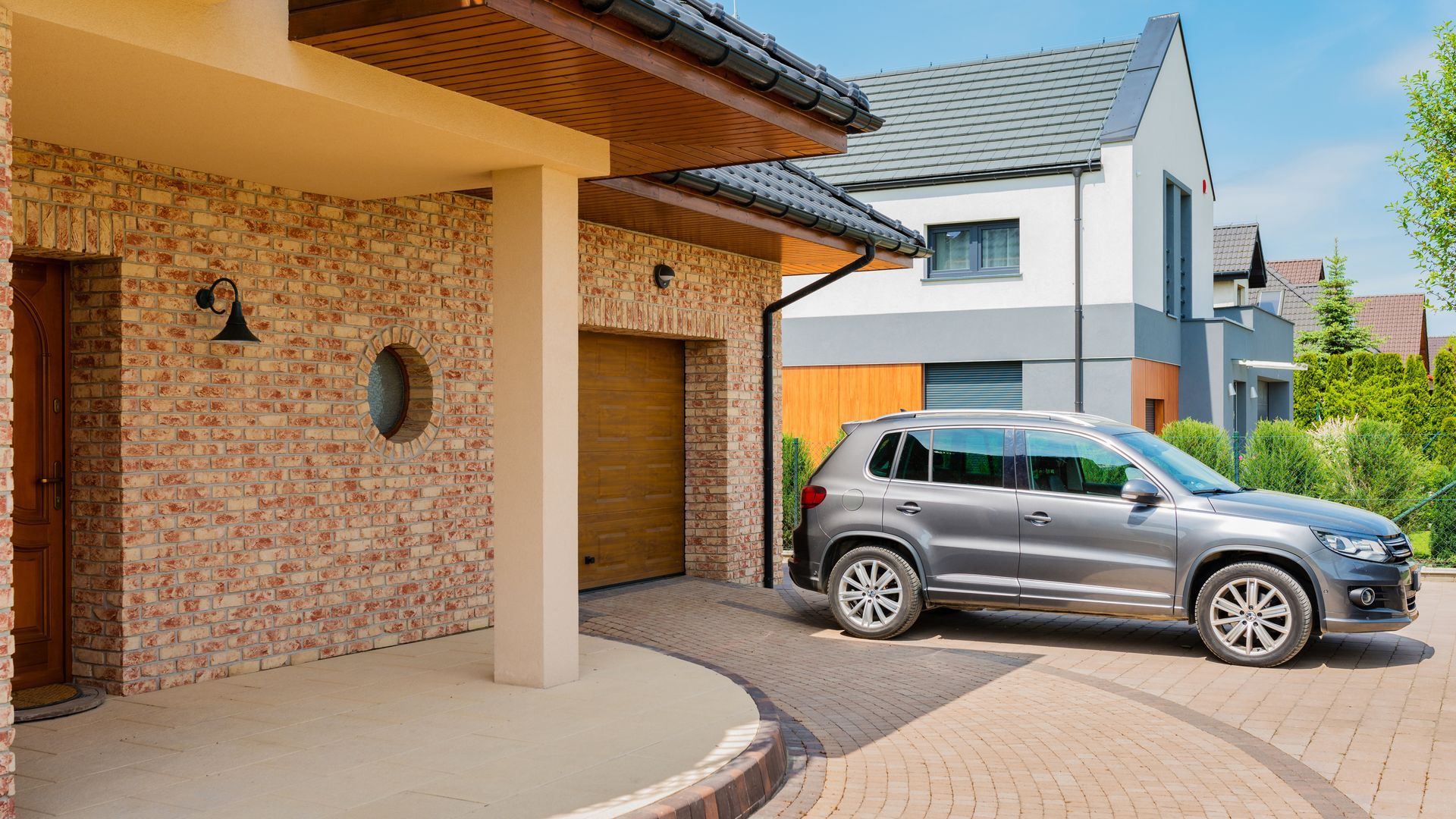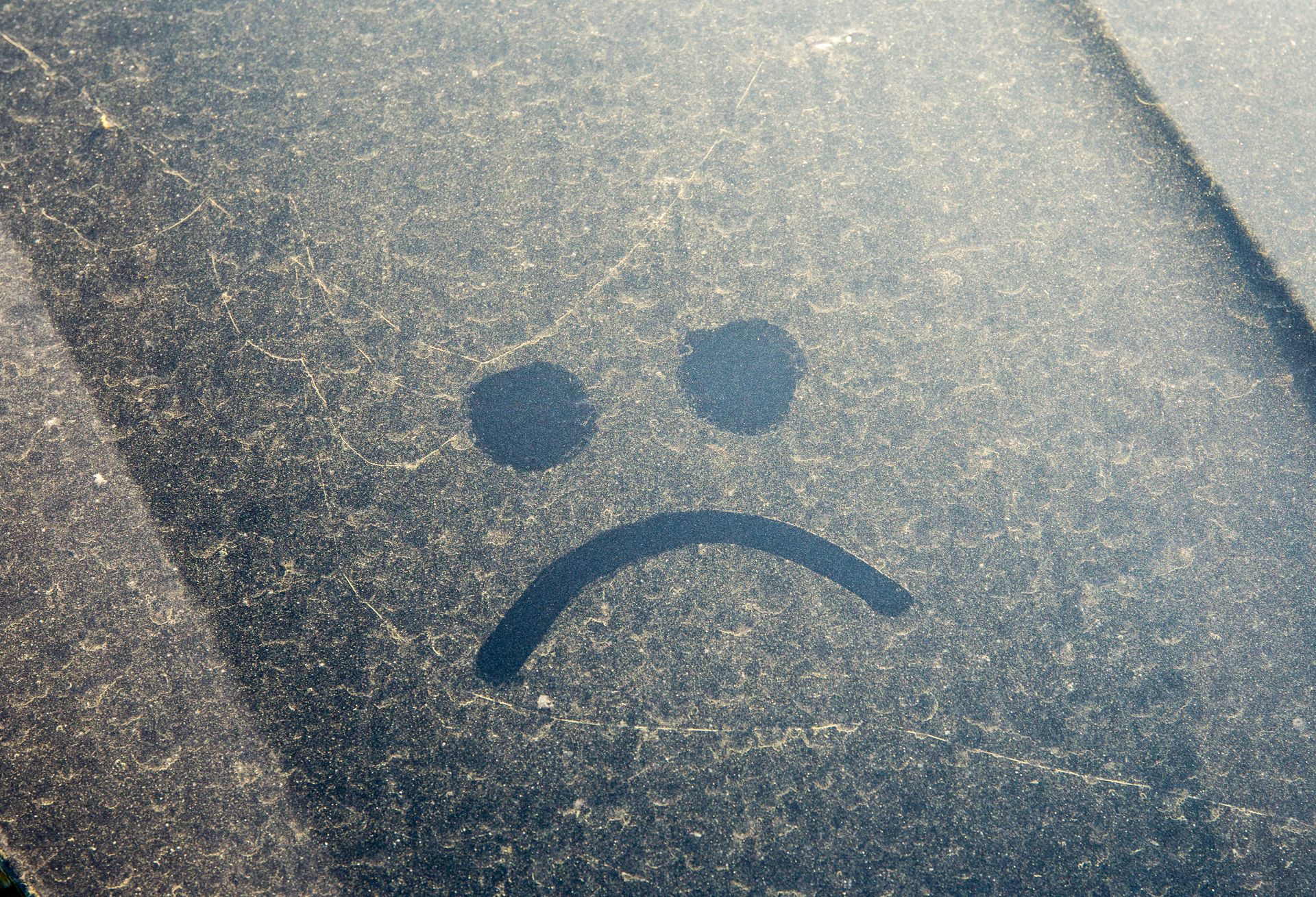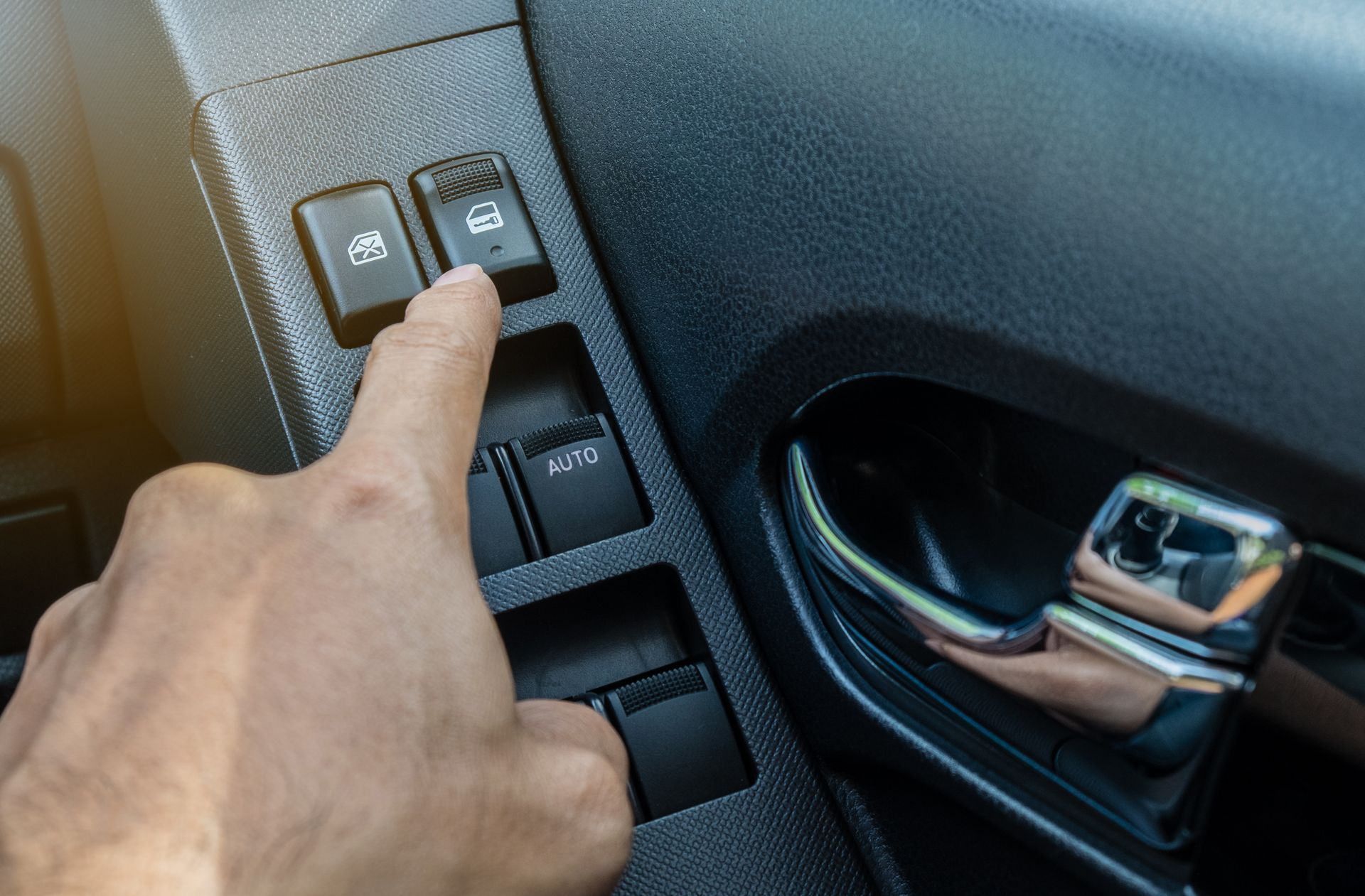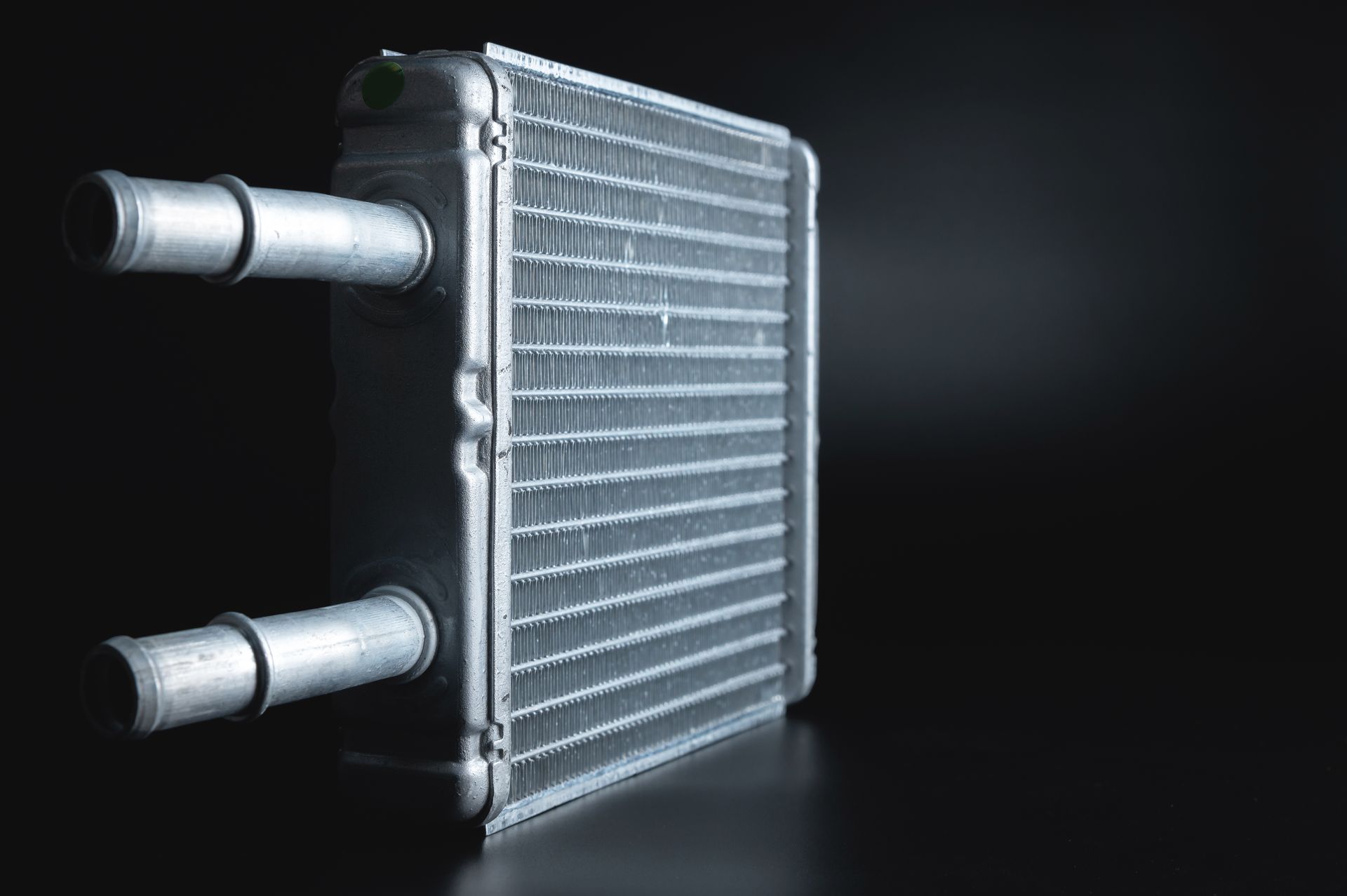It’s a frustrating experience many drivers can relate to. You check your tire pressure and find one or more tires consistently low, yet there’s no visible sign of damage. If your tires keep losing air and you can’t find a nail or obvious puncture, the issue is likely something more subtle but still important to address. A slow loss of tire pressure may seem minor, but it affects fuel efficiency, handling, tire lifespan, and most importantly, your safety on the road.
Here are some of the most common causes of air loss in tires that appear intact from the outside.
Slow Leaks at the Valve Stem
Valve stems are small but critical parts of your wheel. They’re where you add or release air from the tire, and they can wear out or become damaged over time. A cracked, corroded, or loose valve stem may allow air to escape even if the tire itself is fine.
Rubber valve stems can dry out or deteriorate, especially in regions with extreme heat or cold. Over time, they may start to leak slowly and unpredictably. If you’ve recently had new tires installed, make sure the valve stems were also inspected or replaced during that service.
Temperature Changes
One of the most common reasons for unexplained tire pressure loss is simply a change in the weather. Tire pressure drops about 1 PSI (pound per square inch) for every 10-degree Fahrenheit decrease in temperature. So, if a cold front moves in overnight, you might find your tires noticeably low in the morning.
This isn’t a sign of a damaged tire but a natural reaction to cooler air contracting inside the tire. It’s why tire pressure often drops in the fall and winter months. Even though this is normal, underinflated tires still pose a risk and should be topped off when needed.
Leaks Around the Bead
The bead of the tire is the edge that seals tightly against the rim of your wheel. If the bead seal is weak, corroded, or contaminated by dirt or rust, air can slowly escape where the tire meets the rim. This type of leak is usually too slow to notice in a single day, but it adds up over time and can result in consistently low tire pressure.
Older wheels that have been exposed to road salt or rough terrain are more likely to develop bead seat corrosion. Even a tiny imperfection can break the airtight seal.
Rim Damage or Corrosion
Hitting a pothole or curb can bend or crack the wheel rim slightly, sometimes not enough to be visible, but enough to affect the air seal. When the wheel itself is damaged, it may no longer hold air effectively, especially around the inner lip where the tire seats against it.
Aluminum rims, common on most passenger vehicles, are particularly prone to slow leaks caused by corrosion. If you live in an area with salty roads or coastal air, this issue becomes more common as wheels age.
Worn or Aging Tires
Even without obvious damage, older tires are more susceptible to air loss. Over time, the rubber can dry out and become porous, allowing small amounts of air to seep through. This happens slowly, but it becomes more noticeable once the tire reaches five years or more in age.
Sidewalls, especially those exposed to strong sunlight or high temperatures, can develop tiny cracks. These may not look serious, but they compromise the tire’s integrity and can allow air to escape.
Past Repairs That Didn’t Seal Properly
If your tire has previously been patched or plugged, the repair may eventually weaken or allow air to leak again. Not all repair methods are equally reliable. Patches applied from the inside are more durable than plugs inserted from the outside, especially for larger punctures or damage near the tire’s edge.
If you’re losing pressure in a tire that’s already been repaired, have it rechecked to make sure the repair is still holding.
How to Stay Ahead of Low Tire Pressure
Keeping your tires inflated to the proper PSI not only improves handling and fuel economy but also extends tire life and reduces your risk of blowouts. If you suspect one of your tires is leaking slowly, try checking the pressure at the same time each day for several days. A tire that loses two or more PSI daily likely has a leak that should be inspected.
Avoid guessing and topping off blindly. A slow leak often needs professional attention to identify the root cause, especially if the issue is with the rim, bead, or valve stem.
Have Your Tires Inspected at Annie’s Auto in Ohio
At Annie’s Auto in Ohio, we understand how critical proper tire pressure is for both safety and performance. Our team can inspect your tires, check for slow leaks, evaluate your wheels and valve stems, and recommend repairs or replacements if needed.
Don’t let hidden air loss reduce your confidence on the road, and visit us for honest advice and expert service.
Visit one of our Ohio locations for expert service:
- Cleveland, OH 44130
- Brunswick, OH 44212
- Avon, OH 44011
- Cleveland, OH 44102


